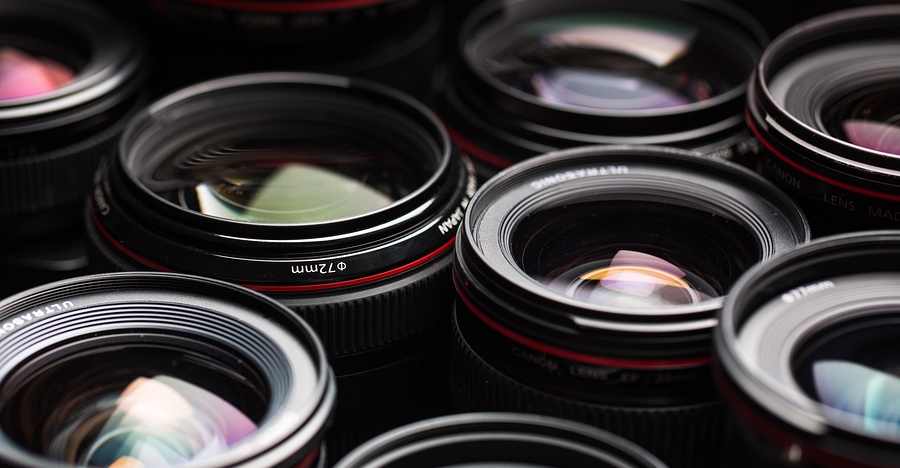There are so many lenses and so many manufacturers the choices can be very confusing.
You may end up scouring the internet looking at reviews only to wind up feeling more overwhelmed than in the beginning. Use this set of tips to help you overcome frustration when pick your next lens. You also need to remember not all manufacturers deliver the same focal lengths, and adjust your decision according to that. If you’re shooting with a Canon DSLR your lens choices may be quite different compared to shooting with a mirrorless Sony.
1. What kind do I need?
The best way to answer this question is to make a short list of what annoys you when shooting. If slow shutter speeds rankle, you’ll need a larger maximum aperture or image stabilization. If you can’t fit everything in the frame, you’ll want to go for a wider focal length. But if you need to get closer, you’ll need a longer telephoto.
Or consider what you like shooting best. Enjoy birding? Go for a long stabilized zoom or prime. Do you like architectural or street photography? Then a tilt-shift or wide-angle prime with low distortion should appeal to you. Frustrated by slow shutter speeds when your kit zoom is racked out? Try a faster step-up zoom.
2. Prime or zoom?
A prime lens often shows less distortion than a zoom lens would at an equivalent focal length. Similarly, a zoom’s sharpness varies across its focal range, so depending on the focal length you use most, you might get greater image quality for your buck from a telephoto prime than a long zoom. Check your EXIF data—if you notice yourself shooting primarily at a given focal length, a prime lens at that length might be the one for you. Shoot across a range of focal lengths? Remember that a zoom lens isn’t a compositional tool. Make sure that when you shoot, you choose a focal length for its characteristics of compression and the ways its field of view helps you tell a story. If that’s how you use it, a zoom upgrade may be right for you.
3. Variable aperture or constant?
A constant maximum aperture can be extremely helpful when shooting at a zoom lens’s longest focal length. However, that benefit typically comes with a hefty price tag. A constant f/4 will be more affordable than a constant f/2.8, though, and we’ve seen many more of these recently since Canon and Nikon put out their more affordable full-frame bodies. If you’re not satisfied with your kit zoom’s f/3.5–5.6 range but don’t have a fortune to spend, look for an f/2.8–4 from a third-party lens maker or a constant f/4.
4. Tired of relying on your kit lens?
When using an APS-C-size sensor, an 18mm gives you a full-frame field of view similar to a 28mm. The 55mm becomes equivalent to about an 85mm. The most common second lens these days is either a 55–200mm to add reach, or a fast 50mm that can be great for portraits on APS-C DSLRs. However, an ultrawide zoom or a specialty lens (macro or Lensbaby, perhaps?) can be a nice way to jumpstart your creativity.
Read the rest of this article over at Popular Photography
Source: Popular Photography

